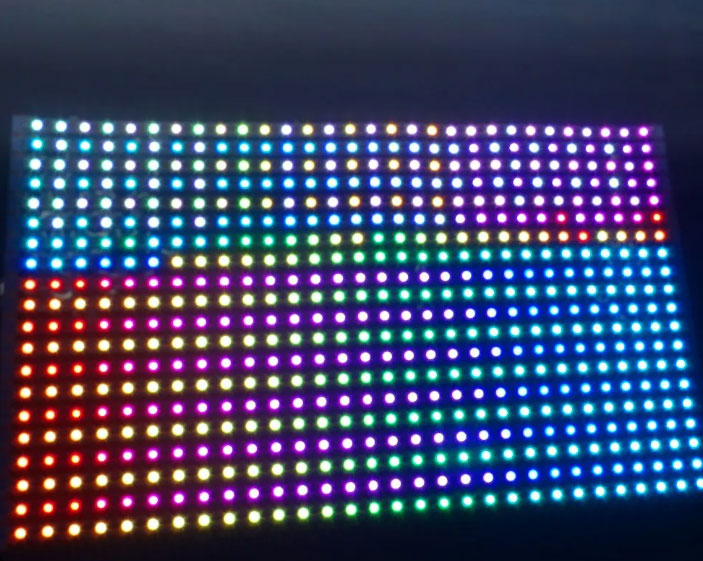Addressable LED strips, also known as programmable LED strips, are a type of LED lighting that allows for individual control of each LED or a group of LEDs along the strip. This provides a high degree of flexibility and customization in lighting design. There are several different types of addressable LED strips available, each with its own unique features and applications. Here are some of the main types:

-
Voltage Variants:
-
DC5V Addressable LED Strips: These strips operate at 5 volts and are commonly used in applications where low voltage is preferred, such as in home automation systems, decorative lighting, and small electronics.
-
DC24V Addressable LED Strips: These strips operate at 24 volts and are suitable for applications requiring higher voltage and power, such as in commercial lighting, automotive lighting, and outdoor lighting.
-
LED Chip Size and Density:
-
SMD 5050 Addressable LED Strips: These strips use SMD (Surface Mount Device) 5050 LED chips, which are larger and brighter than other chip sizes. They are suitable for applications where high brightness and good color uniformity are required.
-
Other Chip Sizes: Addressable LED strips also come with other LED chip sizes such as SMD 3528, SMD 4020, and SMD 5730, offering different levels of brightness and power consumption.
-
IC Types:
-
WS2811 IC Addressable LED Strips: These strips use the WS2811 IC, which allows for individual control of each LED's color and brightness. They are widely used in RGB lighting applications and can be controlled via DMX, Art-Net, or other protocols.
-
WS2812B IC Addressable LED Strips: Similar to WS2811, but with additional features such as built-in MOSFETs for higher current drive capability and better heat dissipation.
-
SK6812 IC Addressable LED Strips: These strips use the SK6812 IC, which supports RGBW (Red, Green, Blue, White) or RGBWW (Red, Green, Blue, Warm White, Cool White) color mixing, offering a wider color gamut and better color rendering.
-
Waterproof and Non-Waterproof Options:
-
Waterproof Addressable LED Strips: These strips are encapsulated in a waterproof material or have a waterproof coating, making them suitable for outdoor or wet environment applications.
-
Non-Waterproof Addressable LED Strips: These strips are not encapsulated in a waterproof material and are suitable for indoor or dry environment applications.
-
Flexibility and Form Factor:
-
Flexible Addressable LED Strips: These strips can be bent and shaped to fit into tight spaces or around curves, making them suitable for a wide range of applications.
-
Rigid Addressable LED Strips: These strips are made of rigid materials and offer better heat dissipation and durability, but are less flexible than flexible strips.
-
Pixel Density:
-
Addressable LED strips come with different pixel densities, ranging from 30 pixels per meter to 144 pixels per meter or more. Higher pixel density allows for more detailed and complex lighting effects.
In summary, addressable LED strips offer a wide range of options in terms of voltage, LED chip size and density, IC type, waterproof and non-waterproof options, flexibility and form factor, and pixel density. This allows for a high degree of customization and flexibility in lighting design, making them suitable for a wide range of applications.


